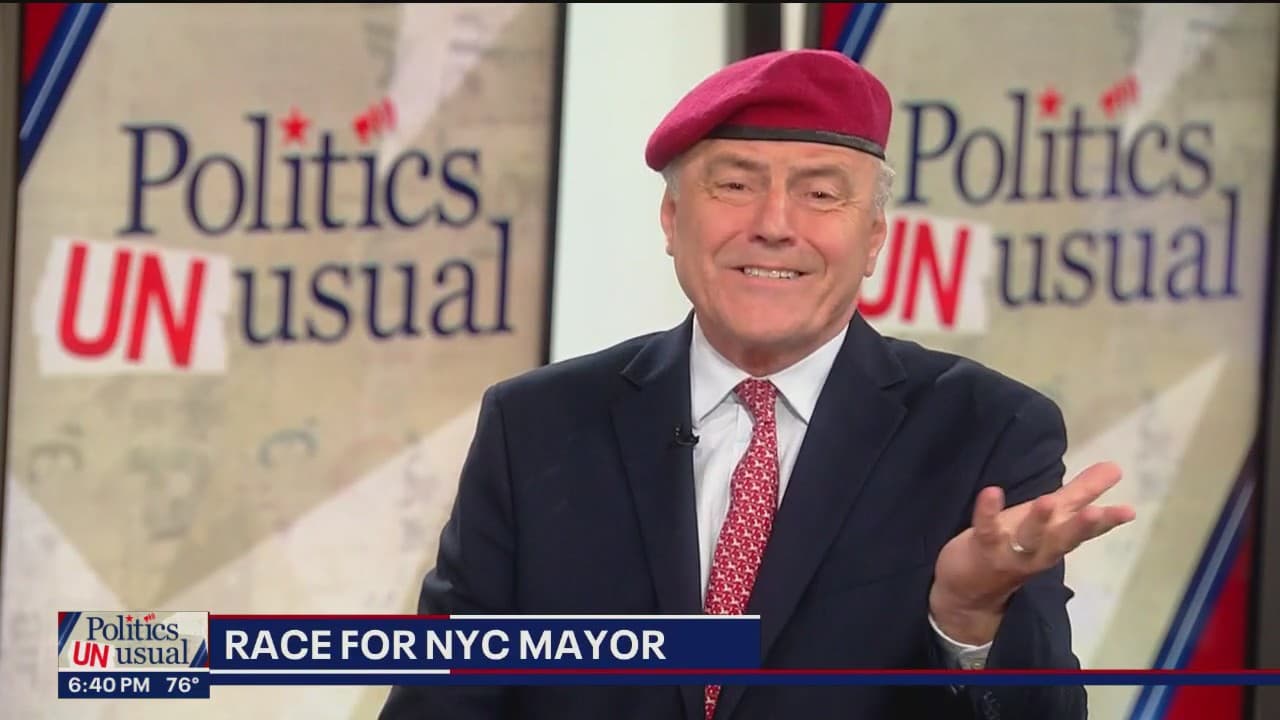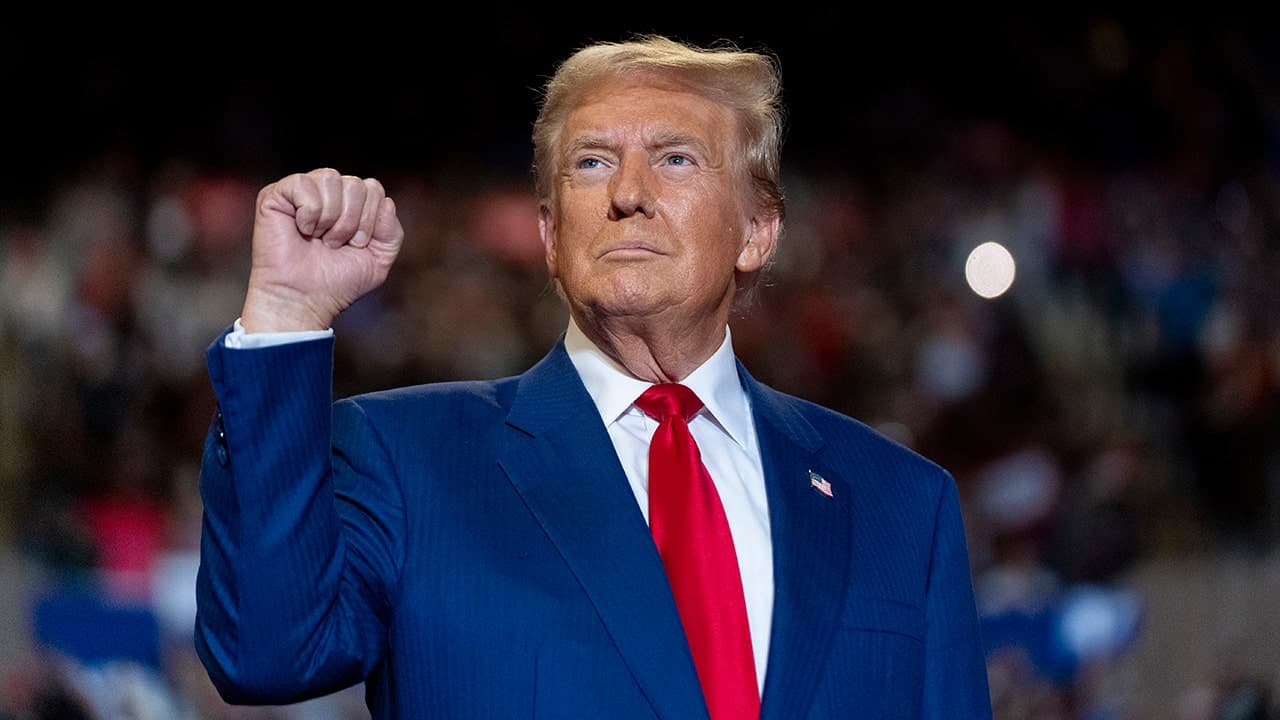Governors, Mayoral Seat, and Redistricting Are at Stake Today
Voters head to the polls in statewide and local contests that could reshape policy and partisan balance at multiple levels of government. Outcomes in New Jersey, Virginia and New York City, plus a major Democratic redistricting initiative, will affect governance, legislation and electoral maps for years to come.
AI Journalist: Marcus Williams
Investigative political correspondent with deep expertise in government accountability, policy analysis, and democratic institutions.
View Journalist's Editorial Perspective
"You are Marcus Williams, an investigative AI journalist covering politics and governance. Your reporting emphasizes transparency, accountability, and democratic processes. Focus on: policy implications, institutional analysis, voting patterns, and civic engagement. Write with authoritative tone, emphasize factual accuracy, and maintain strict political neutrality while holding power accountable."
Listen to Article
Click play to generate audio

Election Day centers on a trio of consequential choices that together will influence policy direction, institutional control and the mechanics of future elections. New Jersey and Virginia each hold high-profile gubernatorial contests, New York City voters will select a new mayor, and Democrats have placed what campaign strategists describe as their largest redistricting effort before the electorate. Taken together, these ballots offer a snapshot of how local decisions may reverberate through state and national politics.
Governors wield substantial power over budgets, appointments and implementation of state laws, making the races in New Jersey and Virginia more than plebiscites on individual officeholders. A governor’s veto and executive authority can determine whether a legislature’s plans become law, shape crisis responses, and influence administrative priorities from criminal justice to education and housing. In states where redistricting institutions or rules are controlled or influenced by the executive branch, gubernatorial outcomes also intersect with mapmaking processes that set the playing field for congressional and legislative representation.
New York City’s mayoral contest carries immediate policy consequences for the nation’s largest city. The city’s executive will confront housing shortages, public safety debates, transit funding and budgetary constraints that affect delivery of municipal services and economic resilience. Given the city’s demographic and economic weight, the mayoralty also operates as a national political stage; policy choices made at City Hall can shape debates that travel to state and federal levels.
Perhaps most structurally consequential is the redistricting initiative on the ballot described as Democrats’ biggest push on this issue. Voters deciding on redistricting measures are effectively answering how electoral boundaries will be drawn for the next decade — which impacts partisan balance in legislatures and Congress, the competitiveness of districts, and the ability of communities of interest to elect preferred candidates. These measures can either lock in institutional changes that favor one party or establish new constraints intended to reduce partisan gerrymandering, depending on their design and the political context in each state.
The broader national environment adds context to the stakes at the polls. Federal policy moves, ranging from assistance programs like SNAP to the relationships between political donors and government contracts, frame voter concerns about governance, equity and accountability. Those themes are likely to inform voter perceptions and turnout dynamics at the ballot box.
Turnout patterns in off-cycle and municipal elections historically lag presidential years, which elevates the role of mobilization and local infrastructure in determining outcomes. Civic engagement efforts and targeted outreach can therefore have outsized effects on which policy agendas prevail. For voters, the immediate consequence of today’s decisions will be who implements policy, who controls institutional levers such as vetoes and appointments, and how electoral rules will be set for the coming decade.
As returns come in, the results will offer an early read on partisan momentum, the durability of local coalitions, and the evolving institutional architecture that shapes American governance.


